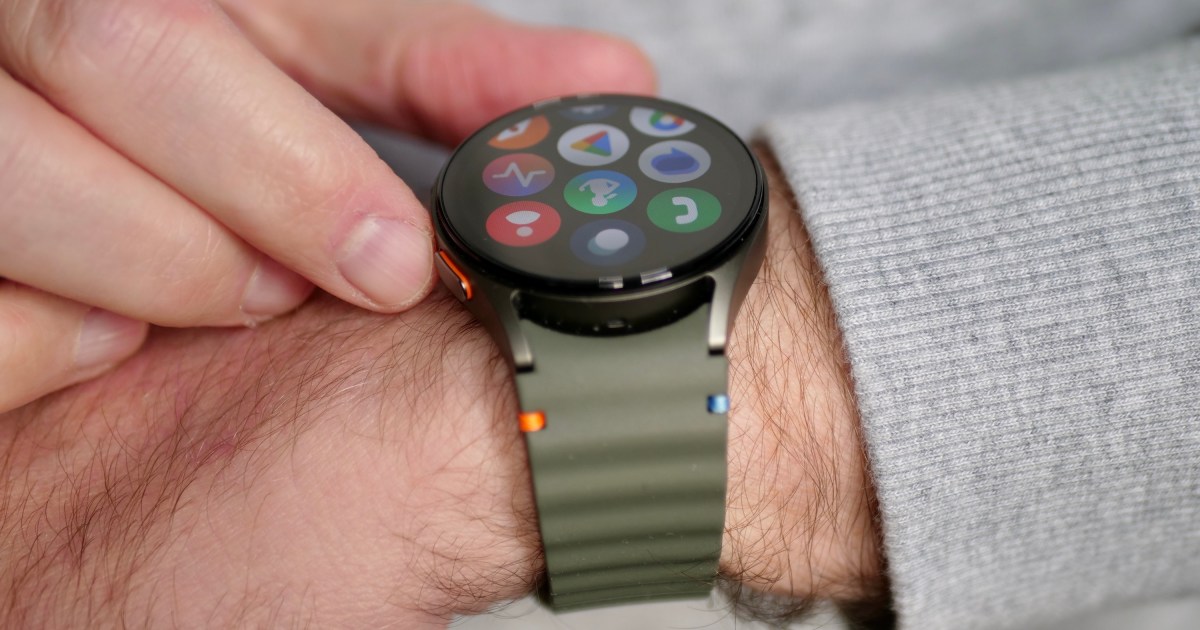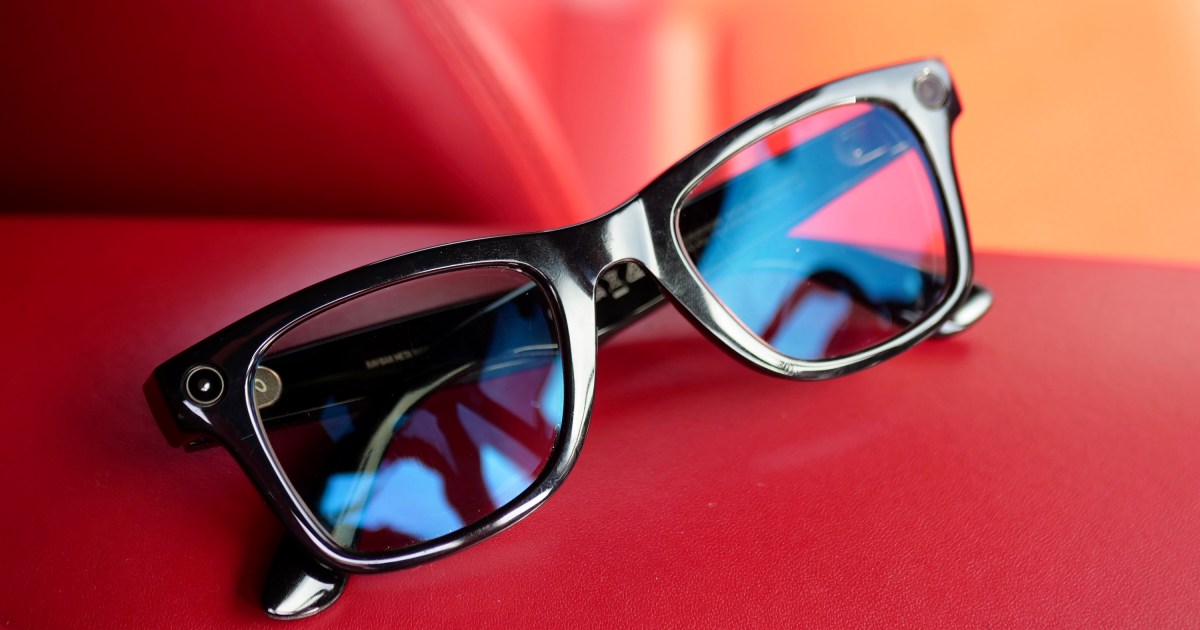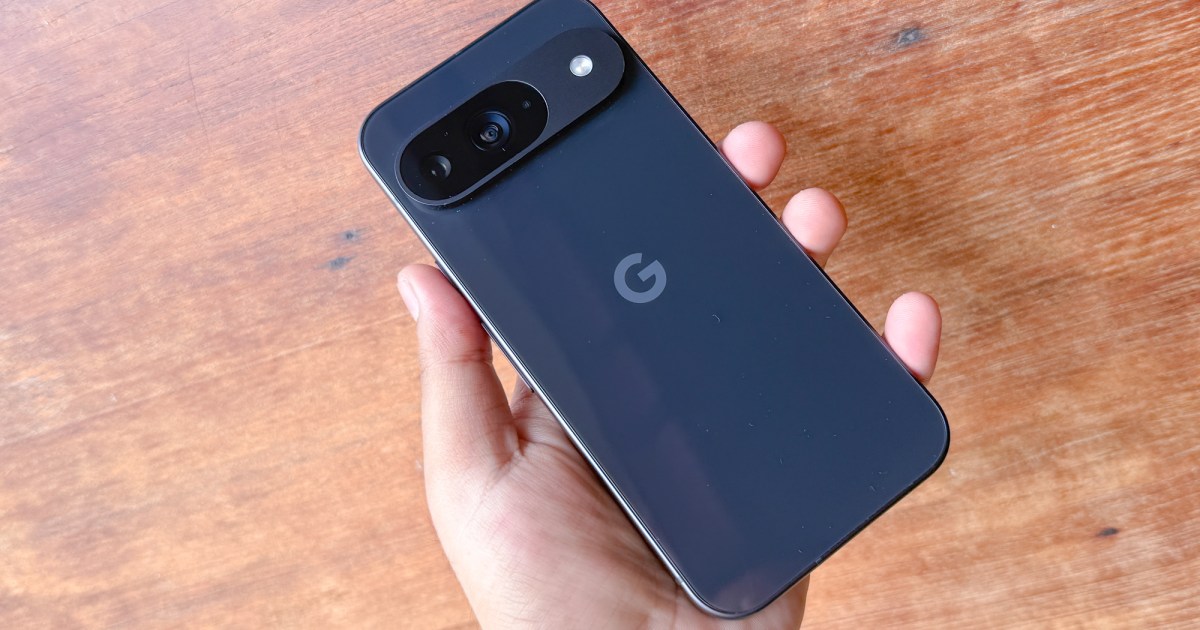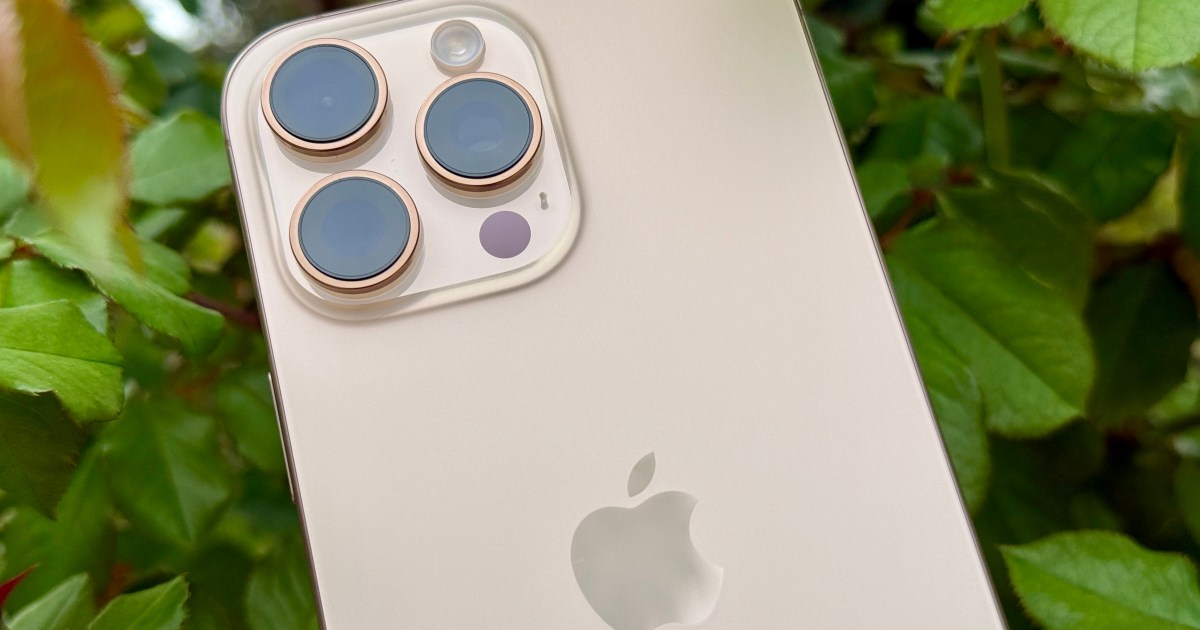The Google Pixel 9a has certainly stirred up the budget smartphone market, delivering the premium Pixel 9 series experience at a more accessible $449 price point. It boasts the flagship Tensor G4 processor for top-tier performance, an impressive camera system, and the promise of long-term software updates. However, Google’s specific software experience isn’t for everyone, and the Pixel 9a makes certain spec compromises to achieve its price. Additionally, the distinctive camera bar design might not appeal to all long-time fans, and it notably lacks a telephoto lens. If you’re searching for the best cheap phone but find the Pixel 9a isn’t quite your match, here are four compelling alternatives worth exploring.
Samsung Galaxy A56
The Samsung Galaxy A56 emerges as a formidable contender and arguably the best alternative to the Pixel 9a. Launched shortly before Google’s offering, Samsung’s affordable challenger presents several key advantages. While its 5,060 mAh battery is marginally smaller than the Pixel 9a’s 5,100 mAh capacity, the Galaxy A56 supports 45W charging, matching the speeds of the flagship Galaxy S25 Ultra. This is a significant step up from the Pixel 9a’s much slower 23W charging, which, based on the Pixel 9 series’ 37W charging, is expected to result in considerably longer charging times. Samsung also pledges six years of software and security updates, just one year short of Google’s seven-year commitment, ensuring longevity.
![]() Rear view of the Samsung Galaxy A56 showcasing its camera array and sleek design.
Rear view of the Samsung Galaxy A56 showcasing its camera array and sleek design.
In the camera department, the Pixel 9a offers a 48MP main sensor and a 13MP ultrawide lens. The Galaxy A56 counters with a similar 50MP main and 12MP ultrawide combination but adds a dedicated 5MP macro camera for detailed close-up shots, offering more versatility. A particularly strong selling point for the Galaxy A56 is its price; starting at just $350 on Amazon, it’s a full $100 cheaper than the Pixel 9a, making it an excellent value proposition for budget-conscious buyers seeking a feature-rich smartphone.
![]() User holding the Samsung Galaxy A56, highlighting its comfortable grip and screen visibility.
User holding the Samsung Galaxy A56, highlighting its comfortable grip and screen visibility.
Nothing Phone 3a (Pro)
If the Pixel 9a’s price point is within your budget, the Nothing Phone 3a (Pro) is an intriguing option to consider. Priced slightly higher at $459, it’s currently available in the US through the London-based company’s beta program, which means official carrier support might be limited. However, if you can navigate these availability quirks, you’ll discover a remarkably capable phone at a competitive price. The design is undeniably unique, featuring the distinctive transparent back and Glyph Interface lights that have become Nothing’s signature. These programmable LED lights around the camera module can be customized to signal notifications, timers, alarms, and more, adding a unique visual flair.
![]() Back panel of the Nothing Phone 3a Pro with its signature Glyph Interface lights illuminated.
Back panel of the Nothing Phone 3a Pro with its signature Glyph Interface lights illuminated.
The camera system includes a 50MP main sensor that captures excellent photos, an 8MP ultrawide lens that can be somewhat inconsistent, and, impressively, a 50MP periscope telephoto lens offering 3x optical zoom. The inclusion of a telephoto lens is exceedingly rare in this price segment, making the Phone 3a (Pro) a fantastic choice if you desire a versatile camera system without breaking the bank.
OnePlus 13R
For those whose budget can stretch a bit further, the OnePlus 13R presents a compelling package. Similar to the Nothing Phone 3a (Pro), it features a versatile triple camera setup that includes a telephoto lens, enhancing its photographic capabilities. Starting at $599, it houses a more powerful Snapdragon 8 Gen 3 processor, a significant upgrade from the 7s Gen 3 found in the Phone 3a (Pro). This chipset delivers flagship-level performance, comparable to the Tensor G4 in the Pixel 9a, as it previously powered some of the best Android phones before the Snapdragon 8 Elite’s debut.
![]() Close-up of the OnePlus 13R camera module, showcasing its triple-lens system.
Close-up of the OnePlus 13R camera module, showcasing its triple-lens system.
OnePlus’s OxygenOS software is a pleasure to use, offering a clean and responsive user experience. The OnePlus 13R provides a strong all-around performance. Its display features flat sides, which is a welcome design choice for users who dislike the curved screens that have become common. The substantial 6,000mAh battery can easily last for multiple days on a single charge, and with 80W fast charging, it can reach 50% battery in just 20 minutes. If you’re seeking a flagship-like experience at a more attainable price and your budget allows, the OnePlus 13R is an excellent option.
![]() Person holding the OnePlus 13R, displaying its screen and ergonomic design.
Person holding the OnePlus 13R, displaying its screen and ergonomic design.
Apple iPhone 16e
While the Android market offers numerous excellent options at this price point, those looking for an iPhone have more limited choices, especially when considering Apple Intelligence and the necessary hardware. In this price vicinity, if you desire a device running the new iOS 26 software, your main options are the iPhone 15 or the iPhone 16e. The former boasts two cameras, but the iPhone 16e has several advantages that make it the preferable pick, provided you’re willing to forgo an ultrawide camera.
![]() Side-by-side comparison of the Google Pixel 9a (left) and the Apple iPhone 16e (right).
Side-by-side comparison of the Google Pixel 9a (left) and the Apple iPhone 16e (right).
Firstly, the A18 processor in the iPhone 16e is identical to the one found in the standard iPhone 16. This ensures it will receive software support for years to come, can handle the latest games, and crucially, can run Apple Intelligence. The iPhone 15, on the other hand, cannot run Apple’s AI suite, which limits its long-term capabilities. Both the iPhone 15 and iPhone 16e share the same impressive 48MP fusion main camera, which includes a detailed 2x telephoto mode. However, the iPhone 15 also includes a 12MP ultrawide camera. If you can live without the ultrawide lens, the iPhone 16e delivers exceptional battery life, excellent network coverage thanks to Apple’s new modem, fantastic performance, and a vivid screen that is a joy to use, making it a strong contender for those leaning towards iOS.
![]() The Google Pixel 9a (left) alongside the Apple iPhone 16e, showing their respective designs.
The Google Pixel 9a (left) alongside the Apple iPhone 16e, showing their respective designs.
Choosing the right affordable smartphone depends heavily on your individual priorities. The Google Pixel 9a is a strong contender, but if its specific features or design don’t align with your needs, the Samsung Galaxy A56 offers incredible value and fast charging. The Nothing Phone 3a (Pro) brings unique design and a rare telephoto lens to the table, while the OnePlus 13R provides a near-flagship experience for a bit more investment. For those preferring iOS, the iPhone 16e offers future-proof performance and Apple Intelligence capabilities. Carefully consider what matters most to you—be it camera versatility, charging speed, software experience, or raw power—to select the best Pixel 9a alternative for your needs.











